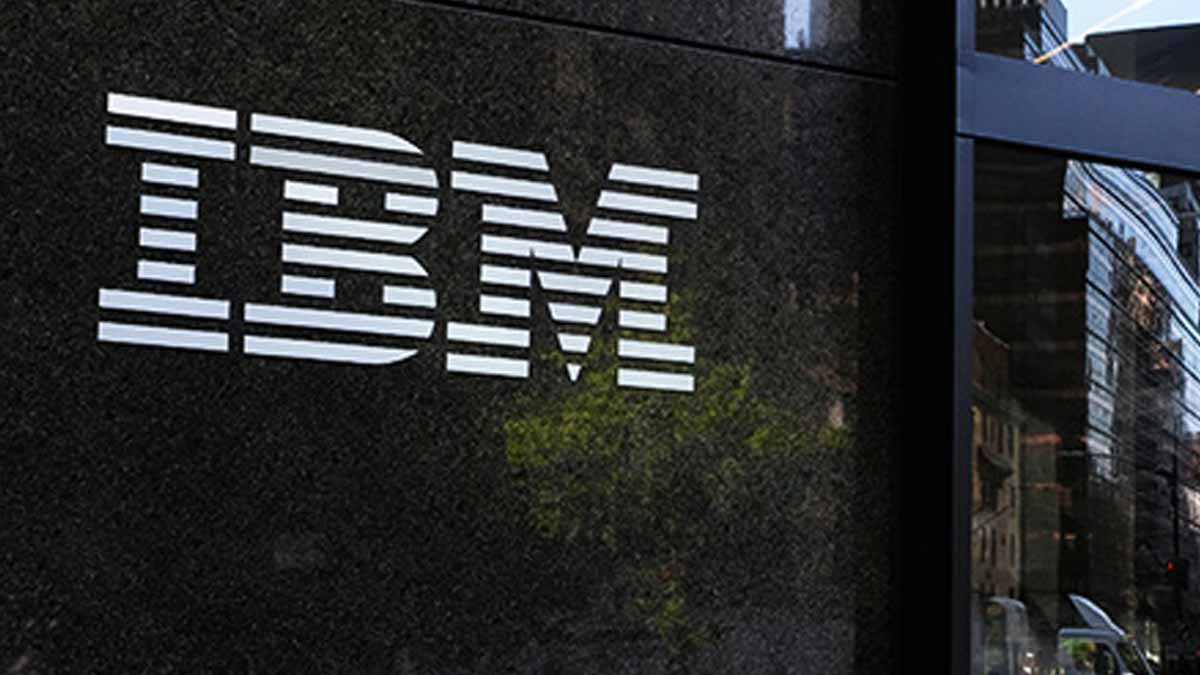Shock turns to debate as IBM confirms a sweeping internal shift: routine HR work now runs on artificial intelligence. The company has cut about 8,000 roles in its Human Resources organization while expanding automation through its AskHR platform. Leaders frame the move as strategy, not retreat. Workers see livelihoods at stake.
What changed inside IBM’s HR engine
IBM eliminated around 8,000 HR positions as AskHR took over repetitive duties: vacation requests, payroll checks, document routing. The platform now handles 94% of routine tasks. Paperwork that once crawled across desks moves instantly through automated workflows. Managers say response times improved, and backlogs shrank across multiple HR support queues.
IBM cites billions in savings and says automation helped optimize more than seventy business lines. Leaders point to cleaner dashboards, tighter service levels, and fewer manual handoffs. These gains come from costs avoided on headcount and errors reduced in routine processing, two levers executives track closely in shared services.
Inside IBM, supporters call the shift overdue modernization; critics call it a step backward for people. As artificial intelligence expands, leaders say the goal is smarter allocation, not a race to erase jobs. Yet the loss concentrates risk on families and local economies that depended on stable HR roles.
Efficiency gains tied to artificial intelligence at enterprise scale
AskHR sits in the middle of HR workflows and routes requests in seconds. It reads forms, extracts fields, and updates records. The system confirms leave balances, flags anomalies, and sends status updates without waiting for staff availability. Human specialists step in only for exceptions, complex disputes, or policy interpretation.
Compared with manual routing, automated paths cut waiting by removing handoffs and rework. Digital logs reduce missing files, and templates limit inconsistent entries. Employees submit once rather than chase email threads. Managers review queues instead of inboxes. The same headcount handles surges faster, while consistent rules reduce dispute volume.
The trade-offs surface quickly. Speed rises, but transparency must keep up. Oversight needs clear logs, audit trails, and easy appeal paths. Workers need training to use tools confidently and to spot system mistakes. Without those guardrails, even well-built automation can feel opaque, which erodes trust during big organizational changes.
Jobs kept, roles shifted: who stays and why
IBM says roles anchored in creativity, judgment, and human contact remain vital. Software engineers build and maintain platforms. Marketers and sales teams translate needs into value. Support leads handle nuance and care. The company is hiring in key domains, even as HR shrinks and teams reorganize around automation.
CEO Arvind Krishna frames the shift as a redefinition, not a replacement. He says technology should remove busywork so people tackle projects with greater strategic impact. In that vision, machines clear the runway. People take off. Leaders argue this pairing unlocks higher-value outcomes without discarding the core of human capital.
Yet reality presses back. About 8,000 HR roles disappeared, and households felt it. artificial intelligence may elevate some work, but it also displaces specific people. That tension sits at IBM’s bet: celebrate productivity, or center stability. Outcomes hinge on redeployment, retraining, and the strength of real safety nets.
Artificial intelligence and the new balance between speed and fairness
IBM’s move intensifies a wider debate. Automation promises speed, consistency, and round-the-clock service. Workers fear diminished bargaining power and thinner career ladders. Pop-culture “I, Robot” warnings may be dramatic, yet the anxiety is real. People want assurance that progress will not quietly translate into permanent insecurity or stalled mobility.
Practical steps help. Publish what tasks are automated and why. Track impacts by team, location, and level. Fund reskilling tied to real openings. Keep a human in the loop for edge cases and appeal rights. Leaders say clear pathways and measurable safeguards turn productivity wins into shared, durable gains.
The numbers impress—billions saved, more than seventy lines optimized—but guardrails decide legitimacy. Conditions matter: fair severance, credible internal transfers, and honest timelines. People lean in when they trust the plan. Without that, acceleration looks like extraction, and even flawless dashboards cannot disguise the human cost behind pretty performance charts.
Numbers, limits, and what comes next for workers
IBM’s stated endgame is hybrid. Systems handle repetitive and administrative load; people handle analysis, judgment, and relationship work. Hiring continues in software, marketing, and sales. In that frame, artificial intelligence becomes infrastructure, like networks or databases. The challenge is making that promise tangible to those who lost their paycheck.
For workers, the next step starts with a skills audit. Map tasks likely to automate and double down on what differentiates you: domain depth, problem framing, design sense, and clear communication. Learn how platforms like AskHR work. When you understand the system, you can shape it rather than fear it.
For managers, measure outcomes beyond cost: service quality, error rates, and employee mobility. Redeploy quickly where demand exists, and publish timelines so shocks do not linger. For policymakers, support portable benefits and rapid training.
What this shift asks of leaders and workers now
IBM’s HR transformation shows where corporate operations are heading, and it shows the price. The company moved faster, saved money, and standardized support. People lost jobs. To make artificial intelligence work for more of us, decisions need sunlight, believable timelines, and safety rails. With credible redeployment, learning, and voice, efficiency scales. Without them, trust breaks, backlash grows, and every gain risks unraveling in the court of public opinion.
